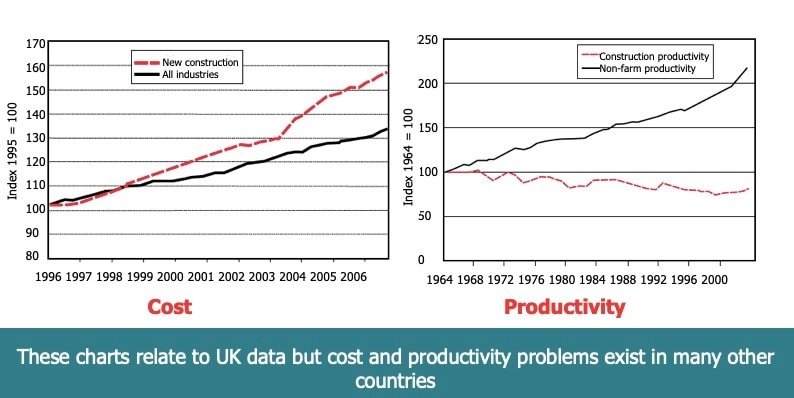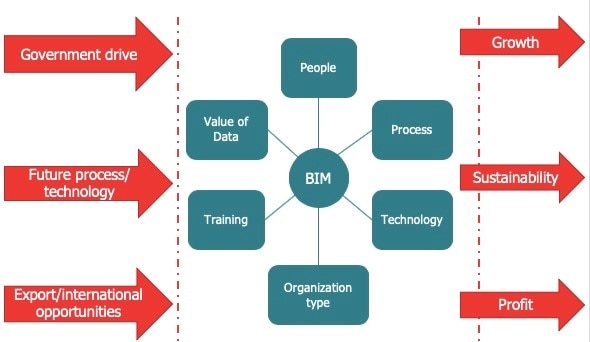As the world’s population continues to grow and urbanisation is rapidly increasing, most countries are facing challenges in meeting the needs of their populations, including housing, transportation, energy systems, health care systems, education systems and other infrastructure.
This growing demand for (sustainable) infrastructure developments is challenged by the shortage of skilled labour and poor performance in terms of cost and productivity. We must adopt new ways of thinking and working to resolve these issues.

To address this performance challenge, the International Standards Organization (ISO) has published ISO 19650, Organization and digitization of information about buildings and civil engineering works, including building information modelling (BIM) - Information management using building information modelling. The first two parts, ISO 19650-1:2018 and ISO 19650-2:2018, were released in 2018 and ISO 19650 part 3 and part 5 are due to be published in 2020.
ISO 19650 part-1 sets out clear principles for all involved in the asset life cycle, including asset owner, lead designer, non-lead designer, main contractor, sub-contractor, manufacturer, investor, end user and public authority.
ISO 19650 part-2 sets out specific requirements for information management from design through to planning, procurement, construction, commissioning and close-out for built assets.
Information management according to ISO 19650 requires the appointing party (UK: clients), lead appointed party (UK: lead designer or main contractor) and appointed party (UK: non-lead designers, sub-contractors and manufacturers etc) to carry out specific functions. These include defining a clear set of information requirements, capability and capacity assessment, response to information requirements, information production, verification, validation and delivery. Given the range of activities that all project stakeholders need to carry out, implementing information management according to ISO 19650 at a business level is a huge task and must be treated as an organizational change.
It’s important to think about the change on five levels; why, what, how, when and who.

- Define your information management objectives: How will information management improve what you do (in terms of managing assets, managing projects, delivering projects)?
- Work out what resources you need (people, written procedures, training/skills, IT software/hardware) and how these compare with what you already have
- Set out a plan for acquiring the additional resources you need. Where expenditure or change to work processes is needed, what do you need to do to get approval for these?
- Monitor the progress. Check that milestones and objectives are being achieved
Author: Rahul Shah, Associate Tutor – BIM @ BSI UK
